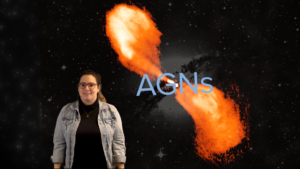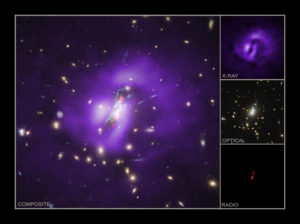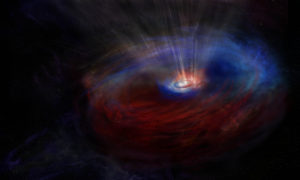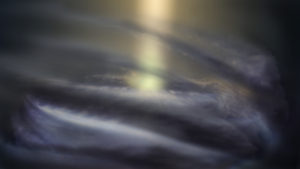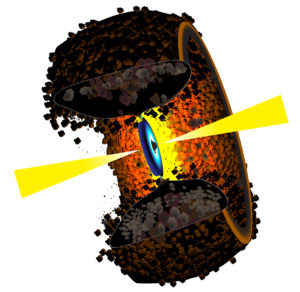What does an active black hole look like? It depends on your point of view.
A Weakened Black Hole Allows its Galaxy to Awaken
Astronomers have found the first example of a galaxy cluster where large numbers of stars are being born at its core. The discovery revealed new details of how supermassive black holes affect their host galaxies.
Going Against the Flow Around a Supermassive Black Hole
At the center of a galaxy called NGC 1068, a supermassive black hole hides within a thick doughnut-shaped cloud of dust and gas. When astronomers used ALMA to study this cloud in more detail, they made an unexpected discovery that could explain why supermassive black holes grew so rapidly in the early Universe.
Cool, Nebulous Ring around Milky Way’s Supermassive Black Hole
New ALMA observations reveal a never-before-seen disk of cool, interstellar gas wrapped around the supermassive black hole at the center of the Milky Way.
The Giant In Our Backyard
For decades astronomers have dreamed of seeing a black hole. That dream may soon become a reality.
VLA Makes First Direct Image of Key Feature of Powerful Radio Galaxies
A dusty, doughnut-shaped feature long thought to be an essential part of the “engines” at the cores of active galaxies, is seen for the first time in one of the most powerful galaxies in the Universe.






